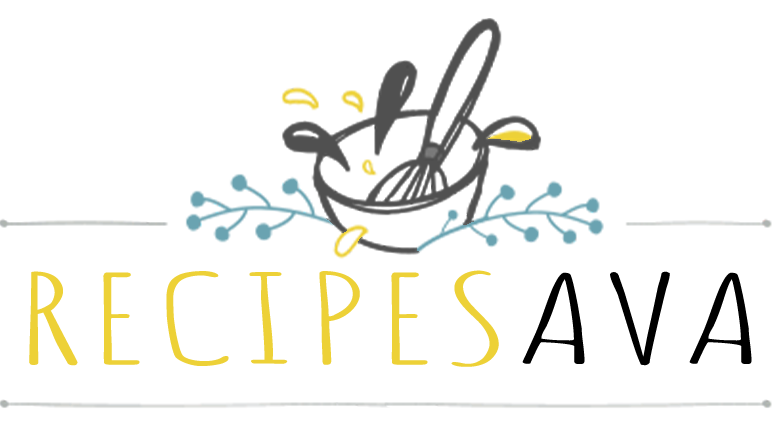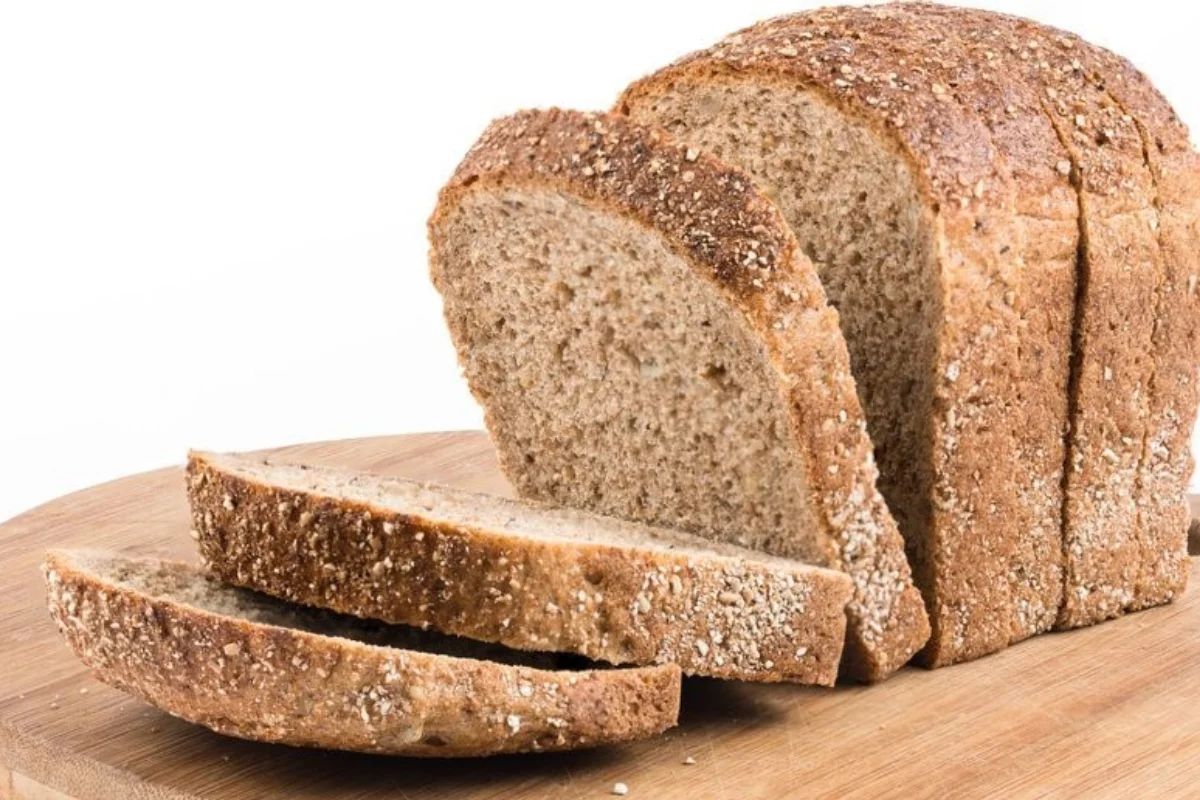Buckwheat, despite its name, is a gluten-free powerhouse that’s perfect for anyone looking to dive into healthier baking options. Its rich, nutty flavor and the dense, satisfying texture it lends to bread make it a favorite among health enthusiasts and culinary adventurers alike. Whether you’re gluten intolerant or simply looking to experiment with new ingredients, buckwheat flour can open up a new dimension in your baking repertoire.
Who This Recipe Is For?
This buckwheat bread recipe is crafted with everyone in mind but is especially beneficial for those with gluten sensitivities or celiac disease. It’s also perfect for health-conscious individuals looking for nutrient-dense options and culinary enthusiasts eager to explore different flavors and textures in their baking.
Why This Recipe Is Great?
Buckwheat flour is not only gluten-free but also rich in vitamins, minerals, and antioxidants, making it a healthful choice for anyone’s diet. This recipe simplifies the process of making bread with buckwheat, ensuring that anyone, regardless of their baking skill level, can achieve delicious results. Plus, the versatility of buckwheat bread means it can be enjoyed in a variety of ways—be it toasted with your favorite spreads, as a sandwich, or even as a base for homemade croutons. Get ready to embark on a baking journey that’s as rewarding as it is tasty.
Ingredients
- 2 cups of buckwheat flour
- 1 cup of warm water (about 110°F or 45°C)
- 2 teaspoons of dry yeast
- 1 tablespoon of honey (or maple syrup for a vegan option)
- 1 teaspoon of salt
- 2 tablespoons of olive oil
- 1 teaspoon of apple cider vinegar
Nutrition Information (per serving, based on 10 servings):
- Calories: 120
- Protein: 4g
- Fat: 2.5g
- Saturated Fat: 0.3g
- Carbohydrates: 22g
- Fiber: 3g
- Sugar: 2g
- Sodium: 230mg
Kitchen Equipment Needed
- Mixing bowl
- Measuring cups and spoons
- Whisk or wooden spoon
- Baking loaf pan (8×4 inches)
- Kitchen towel
- Oven
How to Make Buckwheat Bread
- Yeast Activation: In a large mixing bowl, combine the warm water, dry yeast, and honey. Stir gently to dissolve. Let it sit for about 5-10 minutes, or until the mixture becomes frothy, indicating the yeast is active.
- Dry Ingredients: In a separate bowl, whisk together the buckwheat flour and salt.
- Mixing: Add the dry ingredients to the yeast mixture along with olive oil and apple cider vinegar. Mix until a sticky dough forms. If the dough seems too dry, add a tablespoon of water at a time until it reaches the desired consistency.
- First Rise: Cover the bowl with a damp kitchen towel and let the dough rise in a warm, draft-free place for about 1 hour, or until it doubles in size.
- Preparation for Baking: Preheat your oven to 375°F (190°C). Gently stir the dough to deflate it. Transfer the dough into a greased loaf pan, shaping it evenly with a spoon or your hands.
- Second Rise: Let the dough rise again, covered, for about 30 minutes, or until it puffs up slightly above the rim of the pan.
- Baking: Bake in the preheated oven for about 35-40 minutes, or until the top is golden brown and a toothpick inserted into the center comes out clean.
- Cooling: Remove the bread from the oven and let it cool in the pan for 10 minutes. Then, transfer it to a wire rack to cool completely before slicing.
Recipe Tips and Tricks
- Achieving the Best Texture: For a lighter loaf, consider mixing buckwheat flour with another gluten-free flour, like rice flour, in a 1:1 ratio. This can help make the bread less dense.
- Yeast Proofing: Ensure your water is at the right temperature (110°F – 115°F) for activating the yeast. Too hot, and you risk killing the yeast; too cold, and it won’t activate properly.
- Slicing: Buckwheat bread can crumble more easily than wheat-based loaves. For cleaner slices, use a sharp, serrated knife and wait until the bread has fully cooled.
Recipe Swaps and Variations
- Flavor Add-Ins: Consider adding herbs like rosemary or thyme, or seeds such as sunflower, pumpkin, or flax, into the dough before the second rise for an added flavor and texture.
- Sweet Variations: For a sweeter loaf, add dried fruits like cranberries, raisins, or figs to the dough. You might also increase the honey or maple syrup quantity slightly.
- Dairy-Free: The recipe is naturally dairy-free, but for those looking for an extra richness, substituting the water with a plant-based milk can add a subtle creaminess.
Storing Leftovers
- Room Temperature: Store the cooled bread in an airtight container or wrapped tightly in plastic wrap at room temperature for up to 3 days.
- Freezing: For longer storage, slice the bread once cooled, wrap individual slices in plastic wrap, and then place them in a freezer bag. Frozen buckwheat bread can last up to 3 months. Thaw at room temperature or toast directly from frozen.
Food and Drink Pairings
- Pairing with Meals: Buckwheat bread’s nutty flavor pairs wonderfully with earthy soups and stews. It’s also great when used for sandwiches filled with roasted vegetables and hummus.
- Drink Pairings: Complement the rustic qualities of buckwheat bread with a hot cup of herbal tea or a rich, dark coffee. For a refreshing option, a sparkling water infused with citrus or cucumber offers a delightful contrast.
FAQs
Can I make buckwheat bread without yeast?
Yes, you can use baking powder or baking soda as leavening agents for a quicker bread without the need for yeast. Adjust the recipe to include 1 teaspoon of baking soda or 3 teaspoons of baking powder, and eliminate the first rise, proceeding directly to the baking step after mixing.
Why is my buckwheat bread so dense?
Buckwheat flour does not contain gluten, which helps bread rise and become fluffy. To combat denseness, make sure your yeast is fresh and active, and don’t skip the rising times. Additionally, incorporating an extra egg or a bit of gluten-free all-purpose flour can introduce more air and structure to the loaf.
Can I add other ingredients to the bread?
Absolutely! Feel free to add nuts, seeds, dried fruits, or herbs to the dough before the second rise for added flavor and texture. Just be sure to keep additional dry ingredients to a maximum of 1 cup to avoid overwhelming the dough.
Is buckwheat bread suitable for freezing?
Yes, buckwheat bread freezes well. Cool the loaf completely, slice it, and store it in a freezer-safe bag or container. You can freeze it for up to 3 months. Thaw slices as needed, either at room temperature or by toasting them.
Can I make this bread in a bread machine?
Yes, this recipe can be adapted for a bread machine. Add the liquid ingredients first, followed by the dry ingredients, with yeast on top. Use the gluten-free setting if your machine has one, or a setting that skips the punch-down and has a single rise.
Conclusion
Buckwheat bread, with its unique flavor and health benefits, is a wonderful addition to any baker’s repertoire. Whether you’re new to gluten-free baking or a seasoned pro looking for something different, this recipe offers simplicity and versatility. From the basic ingredients to the helpful FAQs, this guide is designed to empower you to create a loaf that’s not only satisfying and delicious but also tailored to your preferences and dietary needs.

